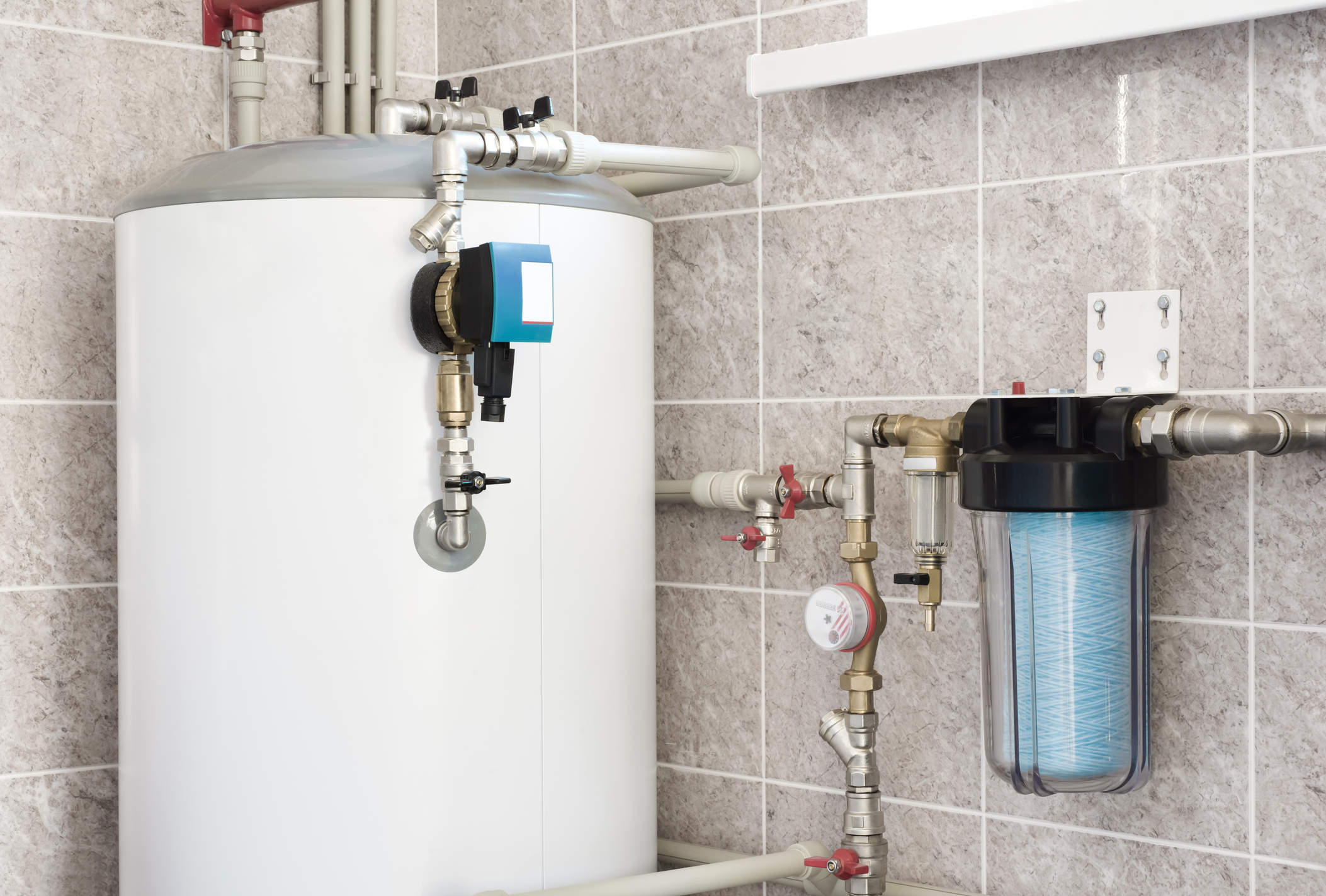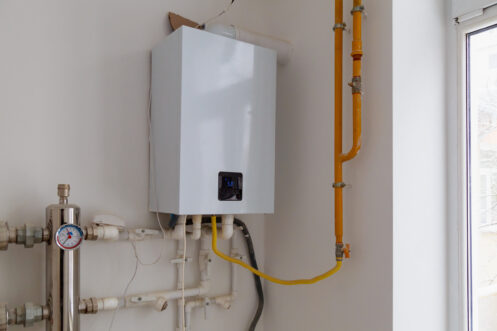Making Sure Durability of Your Home's Hot Water System: Care AdviceEssential Maintenance Strategies for Your Home's Hot Water System
Making Sure Durability of Your Home's Hot Water System: Care AdviceEssential Maintenance Strategies for Your Home's Hot Water System
Blog Article
Here down the page you can get lots of helpful answers pertaining to Tips For Maintaining Your Hot Water Heater.

Hot water is crucial for daily comfort, whether it's for a rejuvenating shower or washing recipes. To guarantee your hot water system runs successfully and lasts longer, normal maintenance is key. This post offers sensible ideas and insights on just how to maintain your home's warm water system to avoid disturbances and costly repair services.
Intro
Maintaining your home's hot water system could seem overwhelming, but with a couple of simple steps, you can guarantee it operates efficiently for years ahead. This guide covers whatever from understanding your hot water system to do it yourself maintenance pointers and knowing when to employ professional aid.
Importance of Preserving Your Warm Water System
Regular upkeep not only prolongs the life-span of your hot water system however additionally ensures it runs efficiently. Overlooking upkeep can result in lowered efficiency, higher power costs, and even early failing of the system.
Signs Your Warm Water System Demands Maintenance
Understanding when your warm water system requires attention can stop significant issues. Watch out for indicators such as irregular water temperature, odd sounds from the heating unit, or corroded water.
Understanding Your Hot Water System
Before diving right into upkeep tasks, it's valuable to recognize the standard components of your hot water system. Normally, this consists of the hot water heater itself, pipelines, anode rods, and temperature controls.
Regular Monthly Upkeep Tasks
Normal month-to-month checks can help catch minor problems before they escalate.
Flushing the Water Heater
Purging your hot water heater gets rid of debris build-up, boosting performance and prolonging its life.
Monitoring and Changing Anode Rods
Anode poles protect against corrosion inside the tank. Examining and replacing them when worn is essential.
Examining and Changing Temperature Settings
Changing the temperature settings makes sure ideal efficiency and security.
Do It Yourself Tips for Upkeep
You can do a number of maintenance tasks yourself to keep your hot water system in top condition.
Checking for Leaks
Routinely evaluate pipelines and links for leakages, as these can cause water damages and greater expenses.
Evaluating Pressure Relief Valves
Testing the stress safety valve guarantees it works properly and protects against too much stress accumulation.
Protecting Pipelines
Shielding hot water pipes reduces heat loss and can conserve power.
When to Call an Expert
While DIY maintenance is beneficial, some concerns call for expert competence.
Complex Concerns Calling For Expert Help
Examples consist of significant leaks, electrical troubles, or if your water heater is regularly underperforming.
Routine Specialist Maintenance Benefits
Specialist upkeep can include thorough examinations, tune-ups, and making sure compliance with safety and security requirements.
Conclusion
Normal upkeep of your home's hot water system is crucial for effectiveness, longevity, and price financial savings. By following these pointers and understanding when to look for expert help, you can make certain a trustworthy supply of hot water without unanticipated interruptions.
How to Maintain an Instant Hot Water Heater
Before tinkering with your hot water heater, make sure that it’s not powered on. You also have to turn off the main circuit breaker and shut off the main gas line to prevent accidents. Also turn off the water valves connected to your unit to prevent water from flowing into and out of the appliance. 2. When you’re done, you have to detach the purge valves’ caps. These look like the letter “T” and are situated on either side of the water valves. Doing so will release any pressure that has accumulated inside the valves while at the same time avoid hot water from shooting out and burning your skin. 3. When the purge valves’ caps are removed, you have to connect your hosing lines to the valves. Your unit should have come with three hoses but if it didn’t, you can purchase these things from any hardware or home repair shops. You can also get them from retail stores that sell water heating systems. Read the user’s manual and follow it to complete this task properly. When the hosing lines are connected, open the purge port’s valves. 4. You should never use harsh chemical cleaners or solutions when cleaning your unit. Make use of white vinegar instead. It should be undiluted and you’ll probably use about 2 gallons. 5. Now flush your water heater. This task should probably take about 40 minutes. We can’t give you specific directions for this because the procedure is carried out depending on the type, model and brand of your heater. With that being said, refer to the user’s manual. 6. When you’re done draining the unit, you have to turn off the purge port valves again. Remove the hosing lines that you earlier installed on each of the water valves. Put the valve caps (purge port) back in their respective places and be very careful so as not to damage the rubber discs that are found inside these caps. 7. Now that everything’s back in place, check your user’s manual again to find out how to reactivate your water heating system. 8. Once it is working, turn one of your hot water faucets on just to let air pass through the heater’s water supply pipes. Leave the tap on until water flows smoothly out of it. https://www.orrplumbing.com/blog/2014/september/how-to-maintain-an-instant-hot-water-heater/

Hopefully you liked our section about Tips on Maintaining a Water Heater. Many thanks for spending some time to read through our short article. Those who enjoyed our blog entry please remember to share it. Thanks for going through it.
Schedule A Service Call Report this page